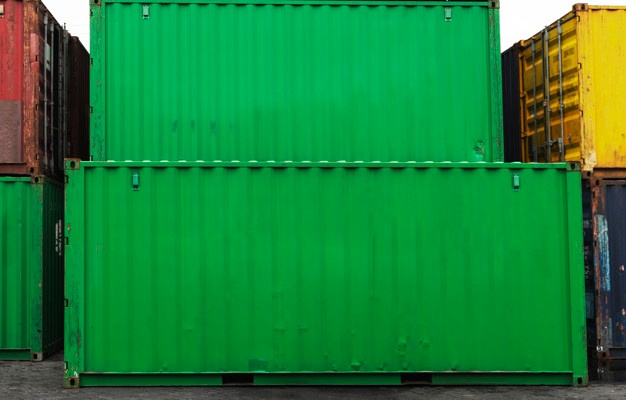In 2022q1, the export volume of textile and clothing reached a new high, the external demand was strong, and the export boom continued
22q1 China's textile and garment exports reached 471.5 billion yuan (RMB, the same below), a record high, with a year-on-year increase of 9.2% (in US dollars, a year-on-year increase of 11.2%), achieving a good start. Among them, the textile export was 234.9 billion yuan, a year-on-year increase of 13.1%; Clothing exports reached 236.6 billion yuan, a year-on-year increase of 5.9%. The growth rate of March alone was significantly higher than that from January to February, with strong external demand and continued export boom. It is expected that the performance growth of export-oriented enterprises can be expected.
From the perspective of sub sectors, the growth rate of upstream sectors such as textile fabrics and textile yarns led, and the export volume increased by 27.2% and 22.5% respectively, higher than the overall growth rate of the industry. The export of textile products decreased by 2.2% year-on-year; The export of clothing (excluding clothing accessories) increased by 14.6% year-on-year. In March alone, the growth rate of textile fabric and clothing sector increased significantly month on month.
In terms of price, the price index of garment export increased month on month. The textile export price index in February of 22 was 107.5, lower than that in January; The price index of clothing export was 105.7, up from January.
From the perspective of major export markets, the growth rate of the US market is leading. 22q1 China exported 74.4 billion yuan of textiles and clothing to the United States, a year-on-year increase of 21.5%; Exports to the EU amounted to 65.75 billion yuan, an increase of 8.2% year-on-year; Exports to Japan amounted to 29.31 billion yuan, a year-on-year decrease of 4.2%. In March alone, the growth rate of major export markets increased month on month, among which the growth rate of textile fabric and clothing sector increased significantly month on month.
The devaluation of RMB will benefit the output of high-quality enterprises, industrial upgrading and improve international competitiveness
Regional trade cooperation continued to deepen, providing new impetus for industrial exports. RCEP officially came into force on January 1. We expect that RCEP will provide new impetus for the industry to expand exports in 2022.
The devaluation of RMB continued to benefit the export of high-quality Chinese enterprises. Since the middle and late April, the RMB has continued to depreciate. Under the expectation of continuous depreciation, textile and clothing enterprises with a high proportion of overseas exports may benefit.
Policies support the upgrading and transformation of intelligent and green industries to improve international competitiveness. The guidance on the high-quality development of chemical fiber industry jointly issued by the Ministry of industry and information technology and the national development and Reform Commission will help to strengthen innovation, accelerate the upgrading of industrial structure, promote high-end industry, gradually cultivate high-quality enterprises, form leading enterprises with ecological dominance and core competitiveness, and improve international competitiveness.
Continue to be optimistic about high-quality export targets of domestic supply chain
Outdoor industry chain: Comefly Outdoor Co.Ltd(603908) , Zhejiang Natural Outdoor Goods Inc(605080) , Cocreation Grass Co Ltd(605099) ;
Sports OEM: Shenzhou International, Zhejiang Sunrise Garment Group Co.Ltd(605138) , virgin, Zhejiang Jasan Holding Group Co.Ltd(603558) ;
Textile accessories: Zhejiang Weixing Industrial Development Co.Ltd(002003) ;
Cotton wool: Zhejiang Xinao Textiles Inc(603889) , Bros Eastern Co.Ltd(601339) , Huafu Fashion Co.Ltd(002042) .
Risk tip: the global evolution and spread of the epidemic affects upstream manufacturing, midstream trade and downstream demand; Global economic growth is less than expected; The outlook of the manufacturing industry is less than expected; Rising prices of raw materials, etc.
